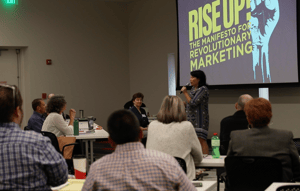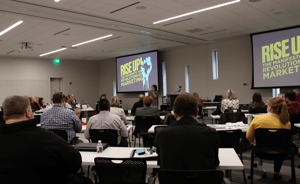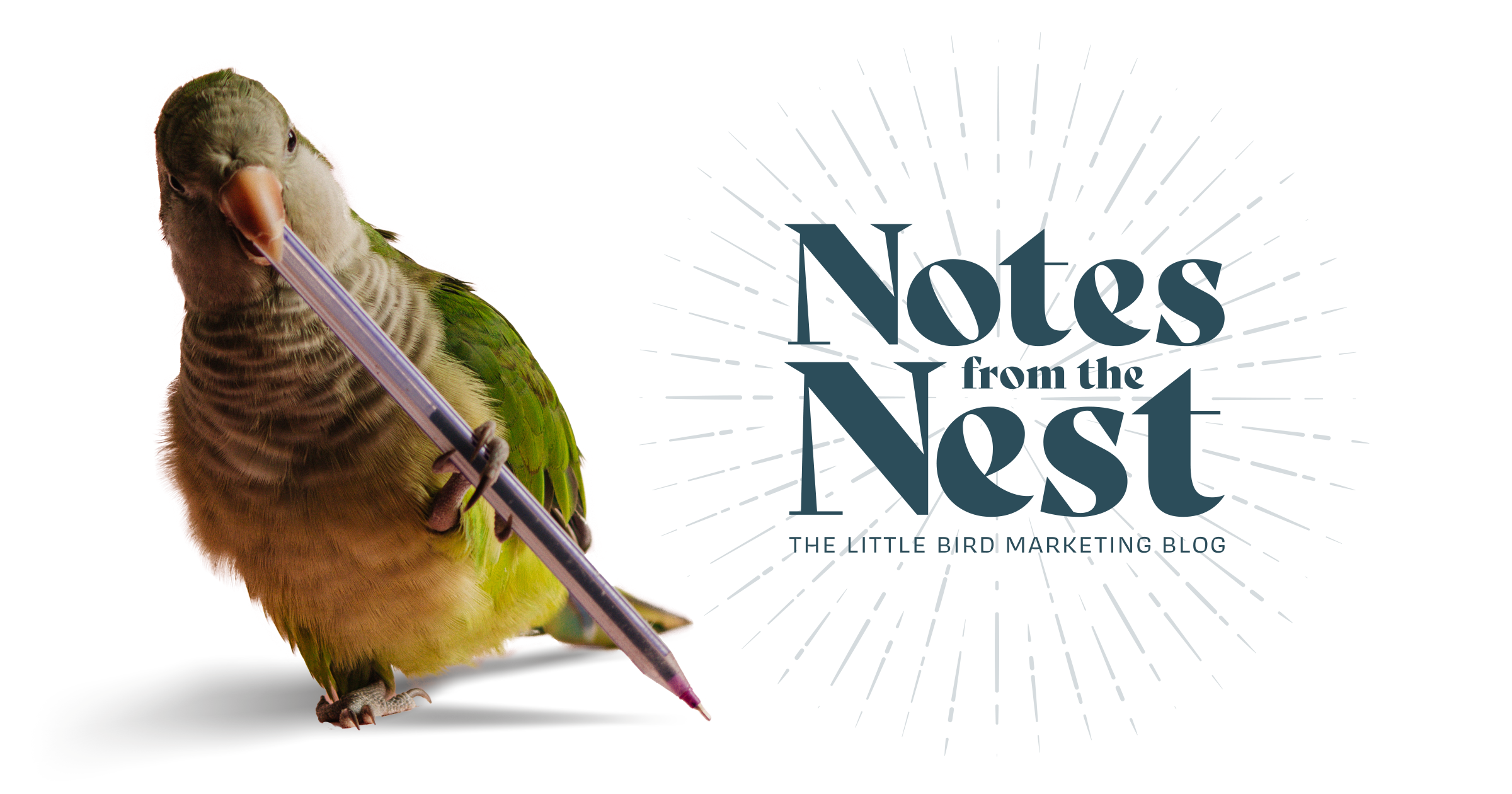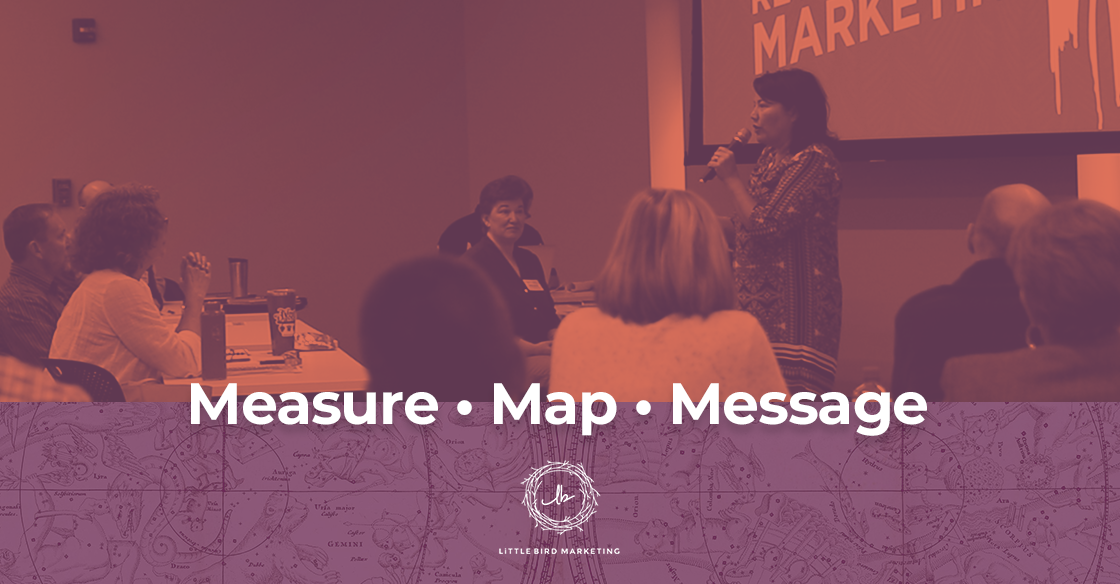It was my honor to speak at the Workforce Investment Board of Southwest Missouri’s annual Business Summit this year. As a part of their ongoing training and development, they collectively wanted to learn more about how to improve local marketing efforts and, more specifically, how to use inexpensive social media channels to expand their reach and find community members, business owners and volunteers who would be most likely to partner with them on workforce initiatives.

The Business Summit is attended by non-profit partners and state workforce professionals from all over Missouri. The summit moves to different locations each year, and this was the first year for Joplin, MO to host! They identified that many in the community think that the Workforce Investment Board only serves those looking for jobs, but those in attendance do more to serve the employers in their areas. They help train incumbent workers and provide financial incentives to companies who hire and train new people on the job. Their services also target matching employers with people in under-served groups such as youth, veterans, people with disabilities and those older than 55.

Because much of their funding comes from the state of Missouri, they have access to the state’s communication staff. This is helpful in many ways, but the state-wide messaging is not always specific enough for the local engagement needed to truly make a workforce initiative successful. Likewise, what works in Kansas City or St. Louis may not work in a smaller market like Joplin, or an even more rural township.
Here are four key takeaways from my presentation:
1. Norrowcast v. Broadcast
The way to show up online is to change your mindset from broadcast to engagement. The new rally cry for successful online presence is “Always be Helping”. Content, whether short posts, long blogs, website pages or online press releases, should be evaluated based on whether or not the information is actually helping the intended audience.
2. Post Like a Human
Google search engine is heavily used, but it is heavily used by HUMANS. This should be our push toward writing web copy with a more conversational approach which is more effective for those needing your expertise or services. Writing copy that explains how one might “find the right employee,” is going be found more readily than if you cloak the content in jargon like “workforce implementation services”. Think about how humans talk and ask for help to get your content found.
3. Be Consistent
The quality of content you create matters greatly, but second only to quality is quantity. Content that tis written to be helpful. Making one post on your Facebook feed will reach less than 1% of your audience. Yes, you read that correctly. One post is not going to cut through the online noise. Likewise, writing 2 blogs per year is not enough for Google to consider your website noteworthy enough to appear in search engine rankings.
4. Be Timeless
Focus on evergreen content. Highlighting events can be helpful, but they are fleeting. Evergreen content has not only a better shelf life, but it also allows you to “slice and dice” what is written to help you break it up into multiple pieces of smaller content and use it multiple times on multiple channels. Making the most of your time means writing pieces that will stand the test of time on your site and can be used multiple times on your social channels.
Whether your expertise lies in workforce development, community service or in a completely different industry, these truths about online presence, social media and content development are true. Get practicing a better way today to engage actual humans with your message!
The world of marketing is constantly changing. In order to win the marketing race you have to be aware of these changes. I'd love to share what I know at your next event!






Let Us Know What You Thought about this Post.
Put your Comment Below.